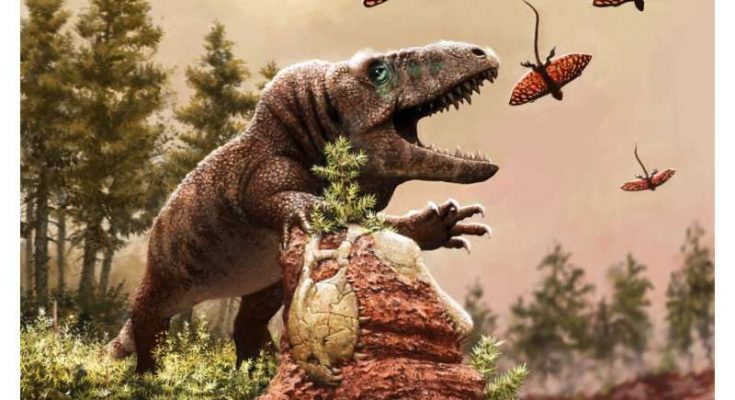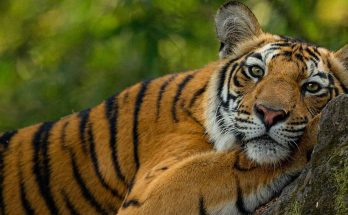Just over 250 million years ago during the end of the Permian period and start of the Triassic, reptiles had one heck of a coming out party.
Their rates of evolution and diversity started exploding, leading to a dizzying variety of abilities, body plans, and traits, and helping to firmly establish both their extinct lineages and those that still exist today as one of the most successful and diverse animal groups the world has ever seen. For the longest time, this flourish was explained by their competition being wiped out by two of the biggest mass extinction events (around 261 and 252 million years ago) in the history of the planet.
A new Harvard-led study has rewritten that explanation by reconstructing how the bodies of ancient reptiles changed and by comparing it against millions of years of climate change.
Harvard paleontologist Stephanie Pierce’s lab shows that the morphological evolution and diversification seen in early reptiles not only started years before these mass extinction events but instead were directly driven by what caused them in the first place—rising global temperatures due to climate change.
“We are suggesting that we have two major factors at play—not just this open ecological opportunity that has always been thought by several scientists—but also something that nobody had previously come up with, which is that climate change actually directly triggered the adaptive response of reptiles to help build this vast array of new body plans and the explosion of groups that we see in the Triassic,” said Tiago R. Simões, a postdoctoral fellow in the Pierce lab and lead author on the study.
“Basically, [rising global temperatures] triggered all these different morphological experiments—some that worked quite well and survived for millions of years up to this day, and some others that basically vanished a few million years later,” Simões added.
In the paper, which published Friday in Science Advances, the researchers lay out the vast anatomical changes that took place in many reptile groups, including the forerunners of crocodiles and dinosaurs, in direct response to major climate shifts concentrated between 260 to 230 million years ago.
#climatechange; #Reptiles; #Biodiversity





